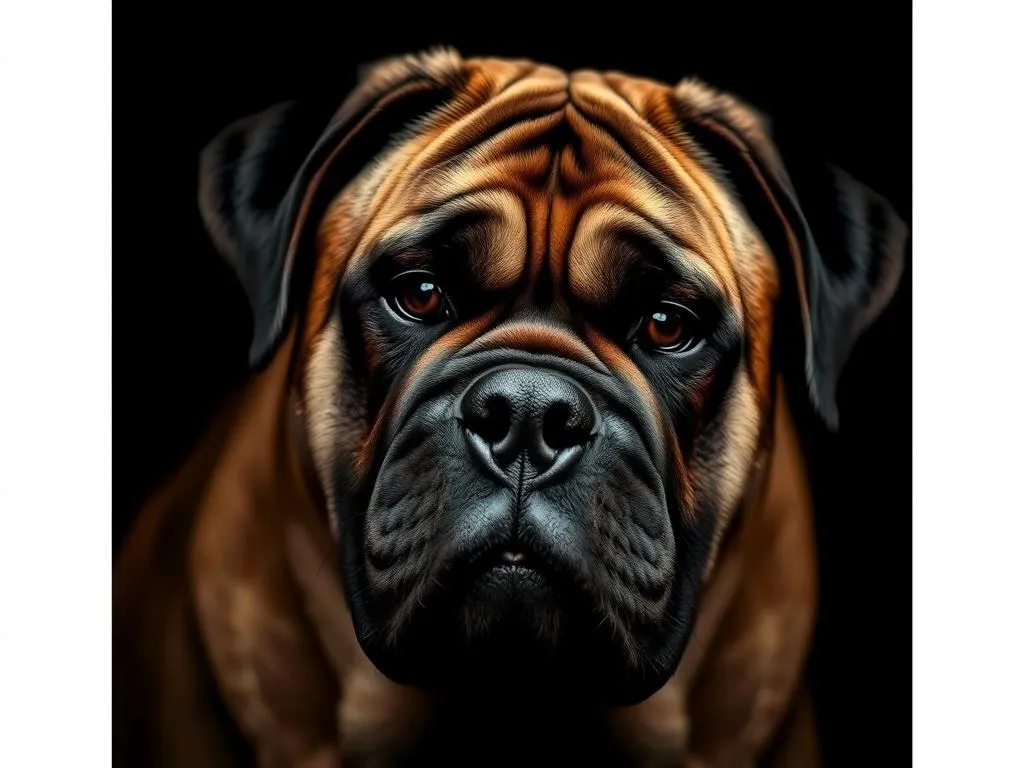
Introduction
The world of dog breeds is vast and diverse, with each breed offering unique characteristics, traits, and histories. Understanding different dog breeds is crucial for potential owners, as it enables them to find a companion that fits their lifestyle and preferences. One breed that stands out for its impressive stature and gentle demeanor is the Pyrenean Mastiff.
Originating from the mountainous regions of Spain, the Pyrenean Mastiff has a rich history and a distinct set of traits that make it both a loyal guardian and a loving family member. Known for their strength and calm temperament, these dogs have been traditional livestock guardians in their homeland. This article aims to provide a comprehensive guide on the Pyrenean Mastiff, helping potential owners determine if this remarkable breed suits their lifestyle.
History and Origin of the Pyrenean Mastiff
Ancient Beginnings
The Pyrenean Mastiff has its roots in the ancient breeds that were used for guarding livestock in the rugged terrains of the Pyrenees Mountains. These dogs were bred for their strength and loyalty, traits that were essential for protecting sheep and other livestock from predators such as wolves and bears. The breed’s development was influenced significantly by the geography of the region, where they needed to be resilient and capable of thriving in harsh weather conditions.
Historically, the Pyrenean Mastiff was not just a working dog; it also held cultural significance in local communities. The breed is deeply woven into the fabric of life in the Pyrenees, often depicted in art and folklore. Over the years, their role has evolved, but the essence of the breed remains tied to its heritage as a protector of livestock.
Role in Society
Traditionally, the Pyrenean Mastiff served as a guardian for sheep herders, establishing its reputation as a reliable protector. Their ability to form strong bonds with livestock made them invaluable to farmers in the region. In addition to their practical roles, these dogs have become symbols of pride for the communities in which they originated. Festivals and events often celebrate the breed, showcasing their significance in local culture.
As the demand for livestock guarding dogs evolved, the Pyrenean Mastiff gained popularity beyond its native region, attracting the attention of dog enthusiasts worldwide. Their unique blend of strength, loyalty, and gentleness has made them beloved companions in various settings.
Physical Characteristics
Size and Weight
The Pyrenean Mastiff is a large breed, with males typically standing between 28 to 31 inches at the shoulder and weighing between 110 to 200 pounds. Females tend to be slightly smaller, standing around 26 to 29 inches tall and weighing between 90 to 150 pounds. Their impressive size can be awe-inspiring, especially when they are fully grown.
In comparison to other large breeds, the Pyrenean Mastiff is notably heavier, with a robust build that contributes to its strength. This breed is often compared to the Great Pyrenees, although the Pyrenean Mastiff is generally larger and has a thicker body structure.
Coat and Color
The coat of the Pyrenean Mastiff is thick and double-layered, providing insulation against cold weather and protection from the elements. This breed’s fur is typically long and somewhat coarse, requiring regular grooming to keep it healthy and free of mats.
Common color patterns include shades of fawn, brindle, and white, with some dogs displaying a combination of these colors. The distinct coloring adds to their majestic appearance, making them easily recognizable.
Distinctive Features
One of the most notable physical traits of the Pyrenean Mastiff is its broad head and strong jaw, which are indicative of its powerful lineage. The breed has a well-defined skull and a short muzzle, contributing to its imposing presence. Their ears are medium-sized and hang down, framing their face and giving them a gentle expression.
Temperament and Behavior
General Temperament
The Pyrenean Mastiff is known for its gentle and calm demeanor. Despite their large size, they are often described as affectionate and loyal companions. They have a protective instinct, making them excellent guardians of their family and home. These dogs are generally good with children, displaying a patient and tolerant nature that makes them a great addition to families.
However, their protective instincts also mean that they can be wary of strangers. Proper socialization from an early age is essential to ensure they develop a well-rounded temperament.
Socialization Needs
Socialization is crucial for the Pyrenean Mastiff to thrive in various environments. Early exposure to different people, places, and other animals helps prevent potential behavioral issues. Without proper socialization, these dogs may become overly protective or suspicious of unfamiliar situations, which can lead to anxiety or aggression.
Intelligence and Trainability
The Pyrenean Mastiff is an intelligent breed, but their independent nature can sometimes pose challenges during training. They respond best to positive reinforcement methods, as harsh training techniques can lead to resistance. Consistency and patience are key when training this breed, as they may require more time to learn commands compared to other breeds.
Engaging and mentally stimulating activities are essential to keep a Pyrenean Mastiff happy and well-behaved. Training sessions should be short and enjoyable to maintain their interest.
Care and Maintenance
Dietary Needs
Feeding a Pyrenean Mastiff requires attention to their size and energy levels. A high-quality, balanced diet formulated for large breeds is recommended to support their growth and overall health. It’s essential to monitor their food intake to prevent obesity, especially since they can be prone to weight gain due to their slower metabolism.
Common dietary issues include sensitivities to certain ingredients, so consulting with a veterinarian for personalized dietary recommendations is advisable.
Exercise Requirements
While the Pyrenean Mastiff is not as high-energy as some other breeds, they still require regular exercise to maintain a healthy weight and prevent boredom. Daily walks, playtime in a secure yard, and opportunities for mental stimulation are crucial. Engaging in activities that tap into their natural instincts, such as herding games, can also be beneficial.
Grooming and Health Care
Grooming the Pyrenean Mastiff involves regular brushing to manage shedding and keep their coat healthy. During shedding seasons, more frequent brushing may be necessary. Routine check-ups with a veterinarian are essential to monitor their health, as large breeds can be prone to certain conditions, such as hip dysplasia and heart issues.
Living with a Pyrenean Mastiff
Ideal Living Conditions
The Pyrenean Mastiff thrives in environments where they have space to move around. While they can adapt to urban living, they are best suited for homes with large yards or rural settings where they can explore and roam. Their thick coat makes them more tolerant of colder climates, but they should always have access to shade and water during warmer months.
Family Compatibility
This breed is known for its gentle nature, making it an excellent choice for families. The Pyrenean Mastiff is generally good with children and can coexist peacefully with other pets if socialized properly. However, supervision is recommended, especially with smaller animals, as their size and strength can be overwhelming.
Potential Challenges
Behavioral Challenges
Like many large breeds, the Pyrenean Mastiff can develop behavioral issues if not properly trained and socialized. Common challenges include separation anxiety, excessive barking, and guarding behaviors. Establishing consistent training routines and boundaries is crucial to mitigate these issues.
Health Concerns
Being a large breed, the Pyrenean Mastiff is at risk for certain health problems, including hip dysplasia, elbow dysplasia, and specific heart conditions. Regular veterinary check-ups, a healthy diet, and appropriate exercise can help manage these risks. It’s essential for owners to stay informed about the breed’s health history and be proactive in their care.
Conclusion
In summary, the Pyrenean Mastiff is a majestic breed known for its gentle temperament, protective instincts, and impressive physical characteristics. These dogs require dedicated care, proper training, and socialization to thrive. Potential owners should consider their living environment and lifestyle to ensure a good fit for both themselves and the dog.
Responsible ownership is vital in providing a loving and supportive home for a Pyrenean Mastiff. With the right commitment and understanding, this breed can be a loyal companion and a beloved member of the family.









